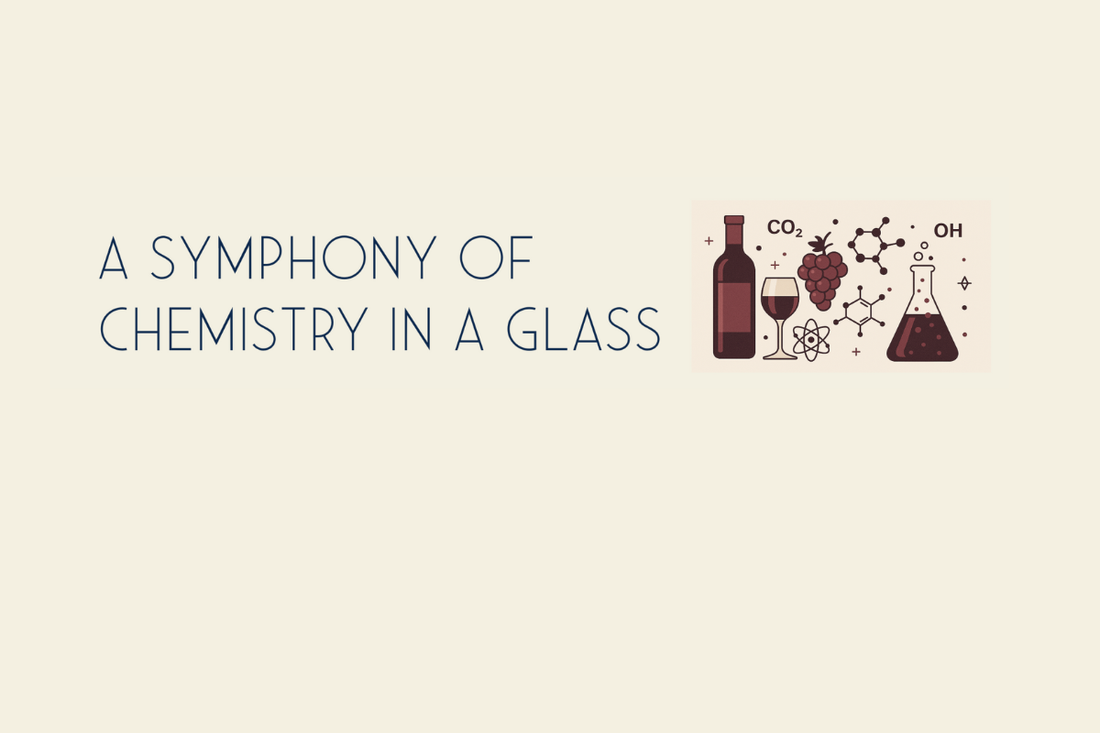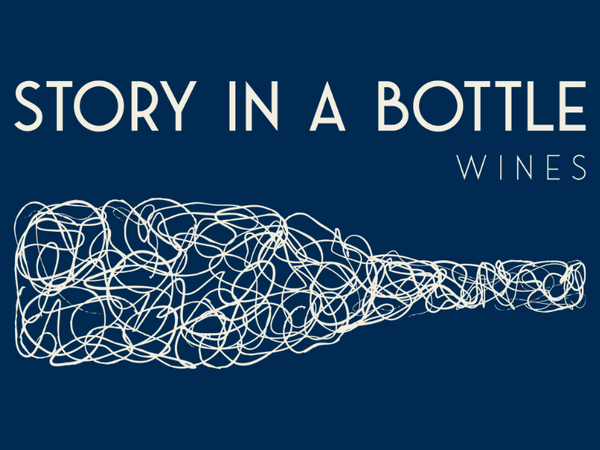
A Symphony of Chemistry in a Glass
Share
We often get questions about the flavors and aromas you find in a glass of wine. Why does wine, which comes from grapes, taste like cherries or blackberries or even mushrooms?
The answer is chemistry. Grapes, like any fruit or vegetable, are loaded with chemical components and as they undergo fermentation the chemical compounds break down and create new ones. Terpene and ester, molecules found in Albariño and Riesling, give off floral and citrus fruit aromas and flavors. Grapes like Cabernet Sauvignon, Cab Franc and Sauvignon Blanc all have high levels of methoxypyrazines, which give those grapes herbal flavors of bell peppers. The cherry flavor, famous is many red wines such as Pinot Noir, Sangiovese and Tempranillo, stems from the interaction of certain compounds and the yeast added to spark fermentation.
The breakdown of acid molecules in Chardonnay during a process called Malolactic Fermentation creates a compound that smells and tastes like buttered popcorn. Ageing Chardonnay that’s been through Malolactic Fermentation in oak barrels, like most California wineries do, intensifies the rich creaminess of that compound. In Chablis, some producers avoid Malolactic Fermentation and age their Chardonnay in stainless steel to preserve the steely, mineral-driven style.
These chemical compounds change again over time. Aging wines in oak barrels also introduce flavors like vanilla, spice, and toast or smoke. Bottle aging can also soften fruit flavors and bring out savory, nutty, or earthy notes.
So, the chemical compounds found naturally in grapes are like the musicians in a symphony orchestra. Each instrument brings its own unique sound but it’s the conductor who leads the orchestra and makes the whole greater than the sum of its parts. The winemaker plays the same role in unifying the ensemble of chemical compounds in wine so that each glass you pour is a symphonic masterpiece.
We also get lots of questions about how some of these flavors and aromas are detected. The answer is practice. You need to taste a lot of wine to get better at discerning all its individual qualities. Luckily, unlike sports or music, wine practice is fun. Through practice, you can train your senses to remember certain flavors and aromas. Essentially, wine is like any other memory. The best way to memorize those flavors and aromas is to experience them repeatedly
